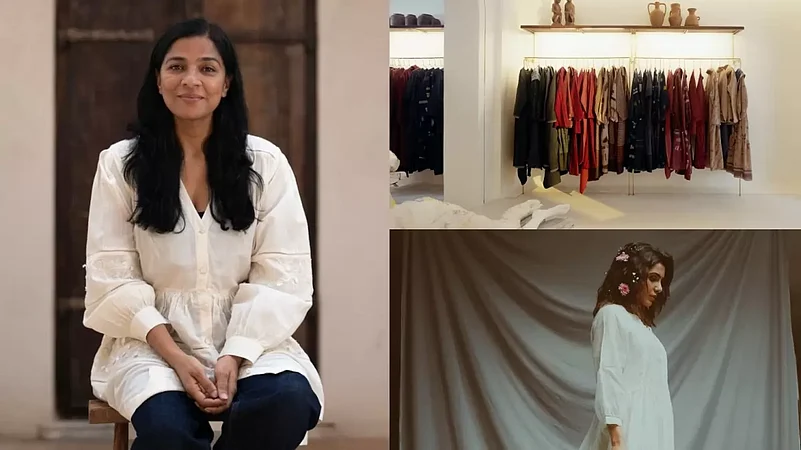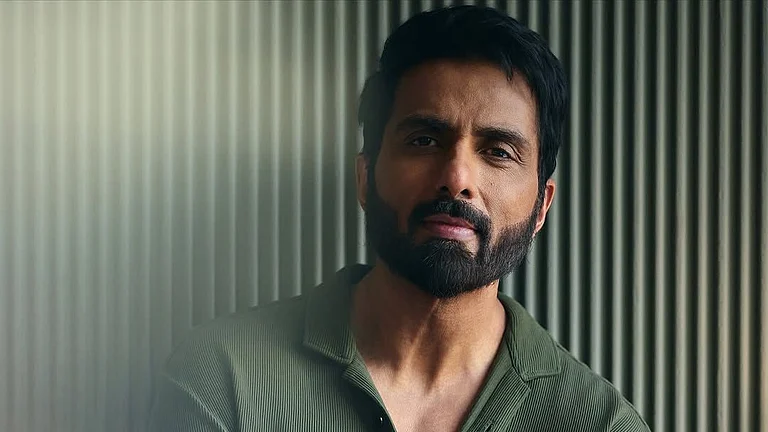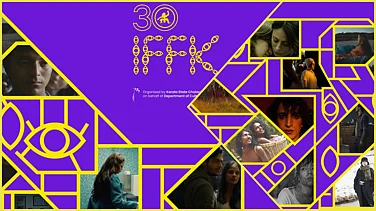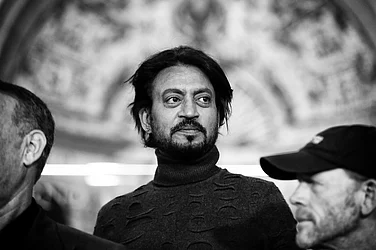Ekà, a textile-led contemporary design studio by designer Rina Singh, recently launched its first flagship store in New Delhi’s quaint neighborhood of Lodhi colony, marking the brand’s 11 year journey in the industry. The brand is known for its commitment towards eco-conscious fashion. And with the store, Rina Singh gives an ode to the brand’s sustainability ethos.
It’s a “room from an old architectural structure, recreated in the middle of a New Delhi market designed with postcolonial aesthetic,” Rina Singh shares her idea behind conceptualising the store.
In an interview with Outlook India, the designer, whose clothes have been worn by the likes of Samantha Ruth Prabhu, Guneet Monga and Dia Mirza, delves deep into her brand’s journey so far, how ‘the mahal’ in her village’s old mansion inspired her store design, and why sustainability in India is a concept deep rooted.
Edited excerpts:
You specialise in textile design, and you have collaborated with several weavers over the years. How did it all start for you and EKA?
My education and life has been very craft centric. I’ve learnt and applied a lot of textile learnings in my career at NIFT Gandhinagar where I worked and also later. Traditional textiles are a part of almost all households across India. I just captured all of my life’s lessons and learnings and created EKÁ from that space of experience and nostalgia. We make custom textiles using traditional techniques across Indian rural belts. We work with our weavers through the year. Giving them a sustained livelihood. And keeping these traditional skill sets relevant.
You have collaborated with several brands like Uniqlo, Ogaan, Good Earth. With such tie ups, how do you maintain EKA to be authentic at the same time?
Uniqlo is a fashion giant with a footprint across the world. EKÁ is a boutique brand with a unique signature yet our belief in timeless and functional fashion is the same. We worked on creating a shape unique to India in their textiles for India launch. Good Earth and Ogaan are retail partners. GE believes in Indian sentiment of design. And has stood through decades of changes in fashion.
EKA, as a brand, is textile first, and the fabrics are made in house, as you say. Tell us the process of conceptualising a garment for EKA?
We decide on seasonal themes as per our think tank research. A lot of this also comes from the designers own perception for a particular season. The textiles aren’t much different in constitution. We work with similar textiles but we change the colour and pattern, we temper with weights, counts and weaves etc. Giving a certain thematic treatment to a season helps us explore different shapes and looks.
In the past, you have added elements of Aru Valley Kashmir, and vintage folklores in your designs. What has been the idea about your first flagship store in Delhi?
In our homes, in the old mansion in the village. there's always a room with many windows that would recirculate air and was like an airconditioned room. It was called 'the mahal'. the most decorated room .. it was only open to the esteemed inhabitants of the guests, or my mother and other women of the house would sit there in summer afternoons. It used to have the limestone walls and marbled floor .. mostly white, with glass windows to look out. there's a memory of that place in the rendering of the interior that I recreated and contemporarised. A room from an old architectural structure, recreated in the middle of a New Delhi market designed with postcolonial aesthetic.

Lastly, you delved into sustainable fashion and catered to the new-age customer much before it became the talk of the town. What were the challenges when you started off the idea of sustainability, a decade ago?
Sustainability in India is never challenging. It is a concept deep rooted in our ecosystem. Bringing it in fashion and presenting it at the runways is a challenge. I think after years of doing what we love, we have found a formula to blend these worlds together. For me sustainability in fashion stands for - creating mindfully, craft inclusive, and conscious fashion.


























